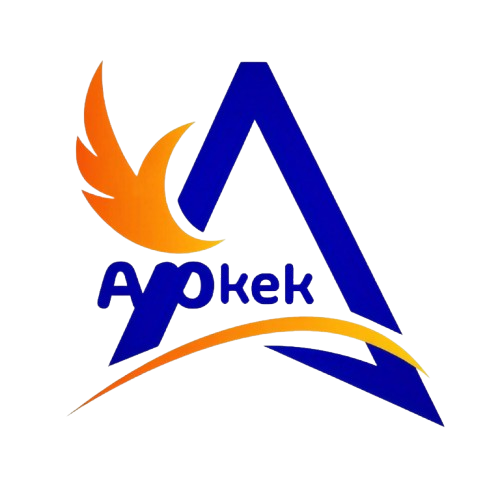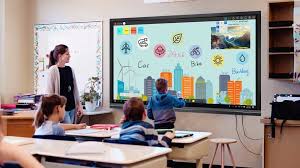The role of presentations in the workplace has expanded well beyond communicating project updates or sharing quarterly results. Today’s professionals are expected to deliver content that not only informs but also engages, persuades, and inspires. In a landscape where attention is increasingly fragmented, leveraging technology effectively is no longer optional—it is a strategic advantage. The right tools can elevate a presentation from routine to impactful, enabling presenters to connect with audiences more dynamically and adapt in real-time based on feedback and interaction.
Modern presentation technology supports a range of functions, from visual storytelling and data visualization to interactive collaboration. Whether you are presenting in person, leading a hybrid meeting, or addressing a global audience via video conference, digital tools can enhance both the delivery and the audience experience. However, success depends not on the number of tools used, but on selecting and integrating them intentionally to align with your goals, message, and audience needs.
Interactive Platforms and Dynamic Content Delivery
One of the most effective ways to improve presentations is to transition from static slide decks to more interactive formats. Platforms like Prezi, Canva, or Beautiful.ai allow for motion-based storytelling, dynamic transitions, and visually rich content that can capture and hold attention. These tools are particularly effective in illustrating complex ideas, showcasing project workflows, or highlighting timelines in a visually intuitive way.
Data-driven presentations benefit immensely from advanced visualization tools. Rather than presenting dense spreadsheets or charts, using platforms like Tableau, Power BI, or Flourish allows presenters to turn raw data into interactive dashboards and live visualizations. This not only makes content more digestible, but also enables audiences to engage with the data in real time—filtering results, zooming into specific metrics, or exploring scenarios.
Video integration has also become a powerful method to humanize presentations. Short, embedded videos can provide customer testimonials, showcase product demonstrations, or highlight leadership messages without shifting platforms. Meanwhile, AI-powered tools such as real-time transcription, automated captioning, and voice recognition offer added accessibility and inclusivity for diverse audiences.
Enhancing Collaboration with Smart Tools
Collaboration has become a central expectation in modern presentations, particularly in team environments or strategy sessions. Cloud-based tools such as Microsoft Teams, Google Workspace, and Miro allow for real-time co-authoring, commenting, and ideation across locations. Presenters can share editable content live, incorporate feedback on the fly, and facilitate audience participation through polls, quizzes, and breakout discussions.
Audience response systems like Slido or Mentimeter are increasingly used to create interactive experiences during presentations. These tools allow participants to vote on questions, contribute ideas anonymously, or submit questions in real time. The result is a more engaging, inclusive environment where input is captured continuously, not just at the end of a session. For training and internal communication purposes, this feedback can be used to adjust content and structure future sessions more effectively.
The Role of Smart Boards in Professional Presentations
Smart boards have emerged as a valuable asset in delivering dynamic, interactive presentations in both office and remote settings. The best smart boards integrate multi-touch capabilities, high-resolution display, and seamless connectivity with existing devices and platforms. These features enable presenters to draw, annotate, and manipulate content live—turning presentations into collaborative discussions rather than one-way briefings.
When used in hybrid settings, smart boards act as a bridge between in-room and remote participants, providing a shared digital canvas that keeps everyone aligned. They also enhance agility during meetings, allowing for the spontaneous exploration of ideas or the reordering of content based on audience reaction. Choosing from the best smart boards requires evaluating factors like integration compatibility, user interface, and available software ecosystems that support a wide range of presentation formats.
Adopting Technology with Strategic Intent
While the capabilities of presentation technology are expanding rapidly, effectiveness hinges on thoughtful implementation. Technology should serve the message, not overshadow it. A clear narrative, purposeful visuals, and authentic delivery remain foundational to any successful presentation. Tools should be used to reinforce these elements, offering clarity, interactivity, and accessibility.
Preparation and familiarity with the chosen tools are equally critical. Even the most advanced technology can become a distraction if not operated confidently. Rehearsing with integrated tools, testing for compatibility, and preparing backup plans for potential tech issues ensures smoother delivery.
Ultimately, technology offers a wealth of opportunities to enhance workplace presentations, but only when aligned with clear communication goals and an understanding of the audience. When used strategically, modern tools can turn presentations into experiences—driving engagement, enabling collaboration, and leaving a lasting impression.

